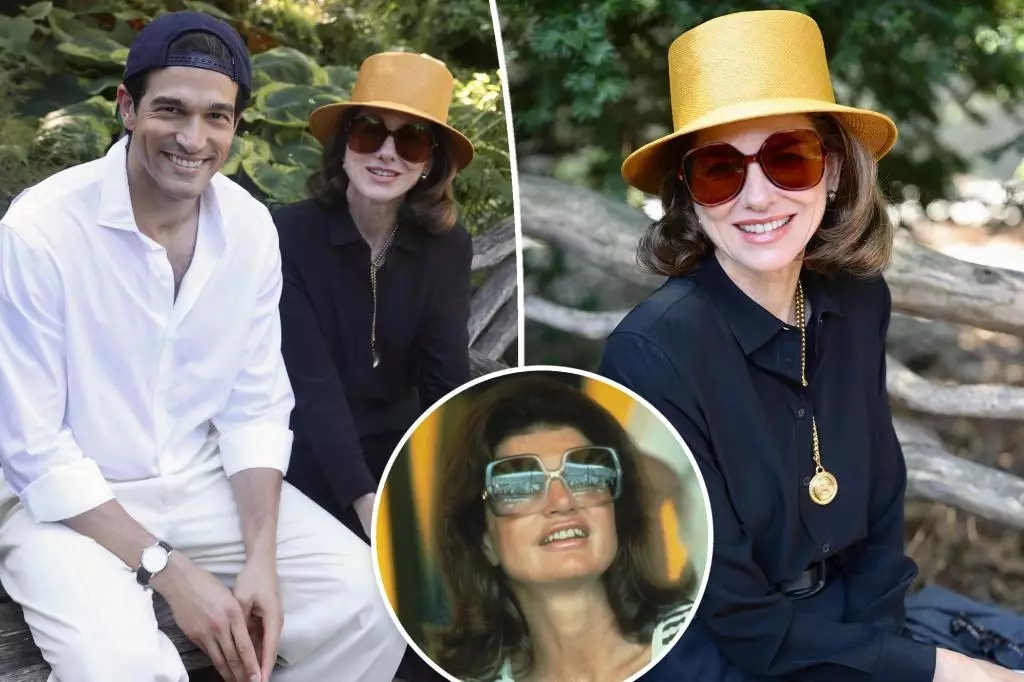Acting is an art that transcends mere dialogue; it requires a deep immersion into the character’s world, identity, and history. Naomi Watts’ latest portrayal of Jacqueline Kennedy Onassis exemplifies this dedication, pushing beyond her usual acting scope to embody one of America’s most enduring symbols of grace and resilience. This transformation is not simply about costume or makeup—it’s a deliberate attempt to capture the nuanced elegance and poise that defined Jackie O. in the tumultuous post-presidential era. Watts’ decision to drastically alter her appearance with a dark brunette wig and carefully curated accessories underscores the importance of visual authenticity in modern biographical storytelling, making the audience believe they are witnessing history unfold rather than watching an actor perform.
What makes Watts’ portrayal compelling isn’t just her physical transformation but her commitment to embodying the emotional depth of her character. Jackie Kennedy was more than a First Lady; she was a cultural icon, a figure whose style, intellect, and resilience helped shape America’s image during uncertain times. Watts’ dedication to capturing these qualities highlights a broader trend in contemporary television—where authenticity is paramount. Audiences have become increasingly savvy and expect not only stellar acting but also meticulous attention to detail that honors the subject’s integrity. Watts’ portrayal signals a belief that true storytelling involves immersive research and a profound respect for the historical figures being brought to life.
The Challenges of Portraying a Cultural Icon
Recreating a figure like Jackie Kennedy is fraught with complexities. Fans and critics alike hold high expectations for accuracy, especially in fashion and personality. While Watts’ look in the latest set photos is striking, it has sparked a debate that underscores the importance of fidelity in biopic projects. Authentic clothing, hair, and mannerisms are critical, not just for aesthetic purposes but for emotional resonance. When a beloved icon’s image is altered or misrepresented, it risks alienating fans and undermining the narrative’s credibility.
The controversy surrounding Carolyn Bessette-Kennedy’s portrayal further emphasizes this point. Fans and industry insiders voiced displeasure over what they felt was an inadequate reflection of Carolyn’s signature style and hair color. Industry experts, including her stylist and hair colorist, expressed concern that the show did not do justice to her understated elegance. This criticism raises an essential question about the responsibility of creators: should they prioritize story at the expense of accuracy, or is fidelity imperative in honoring the true spirit of the icons they aim to depict?
Murphy’s response, promising to refine the wardrobe and offer a behind-the-scenes look to dedicated fans, suggests an understanding that perfection in biographical portrayal is a continuous process. Ultimately, the challenge lies in balancing artistic interpretation with a genuine homage to the subject’s legacy—a task that demands humility, meticulous research, and a deep sense of accountability.

